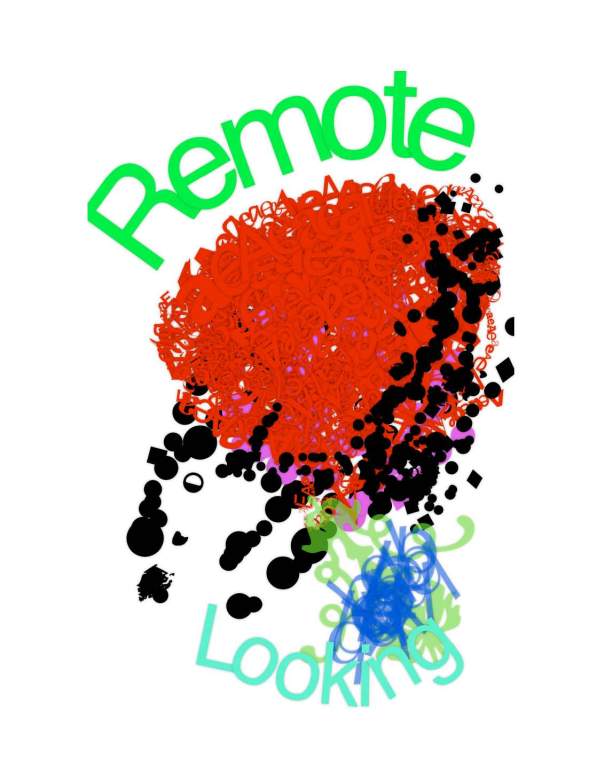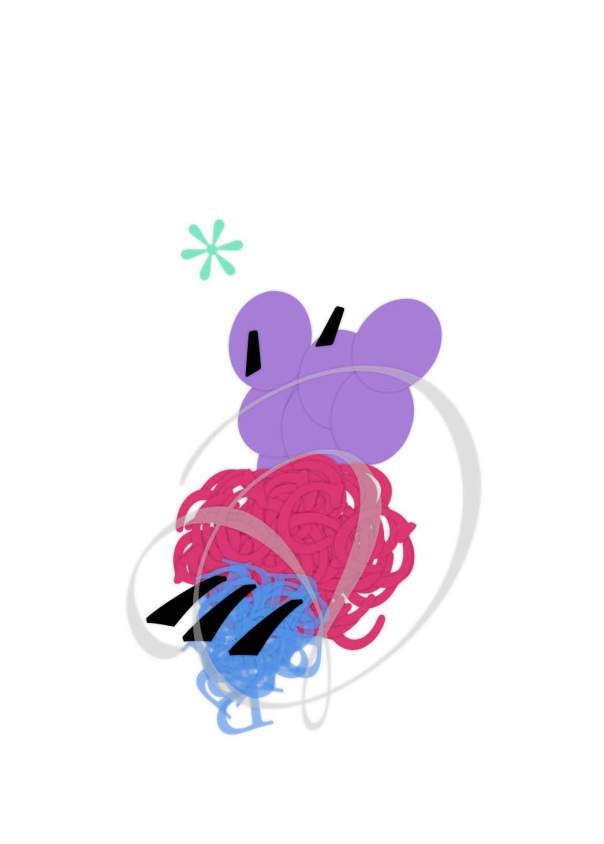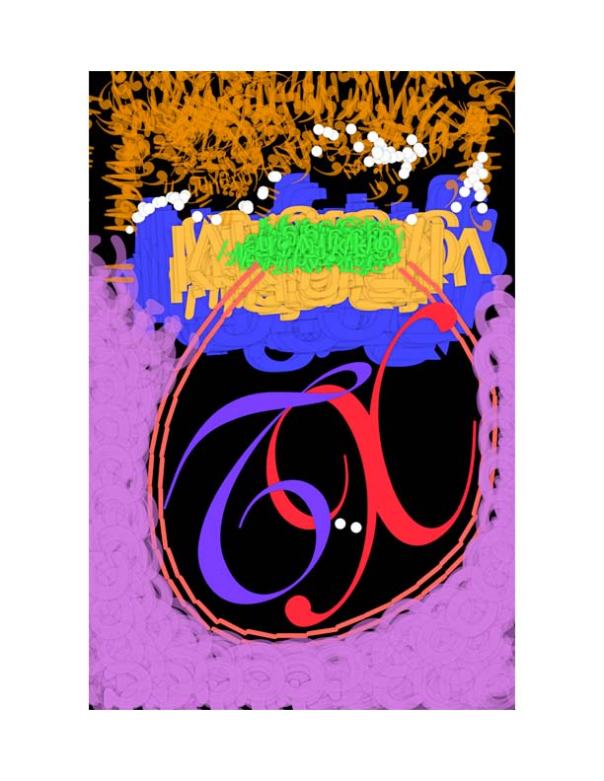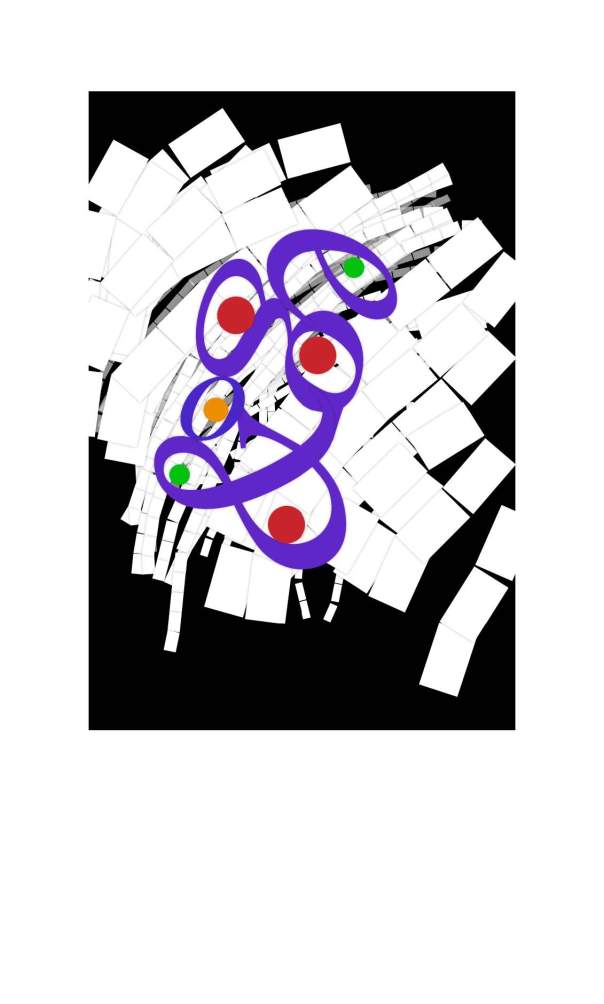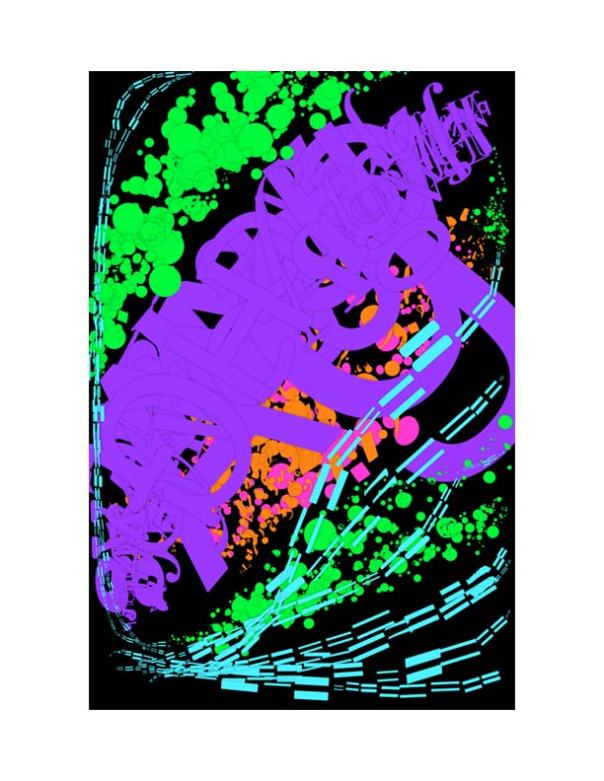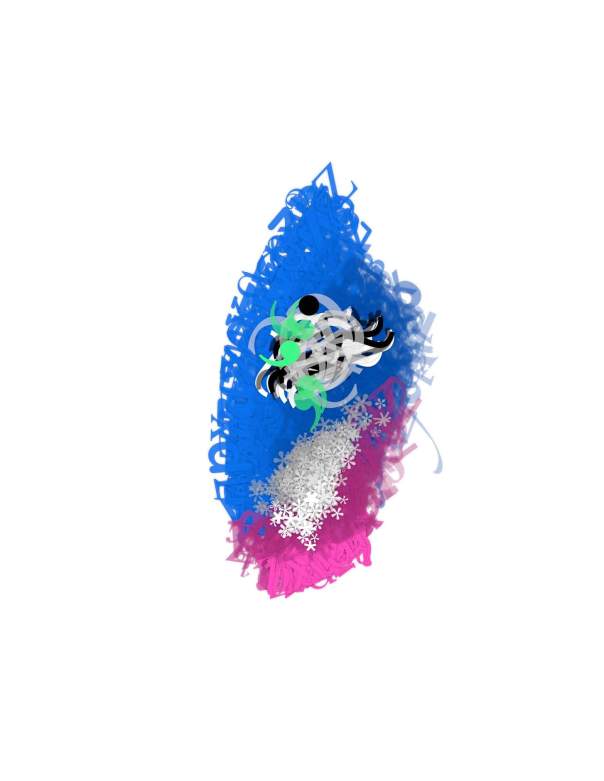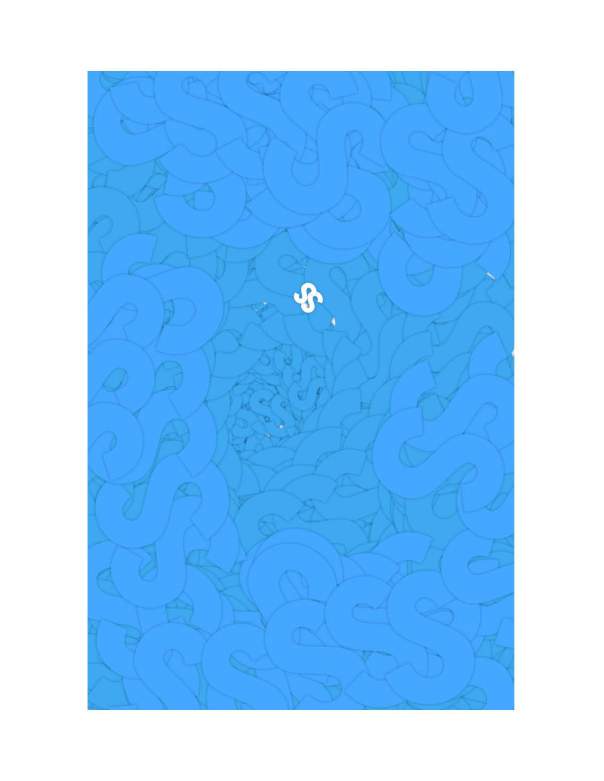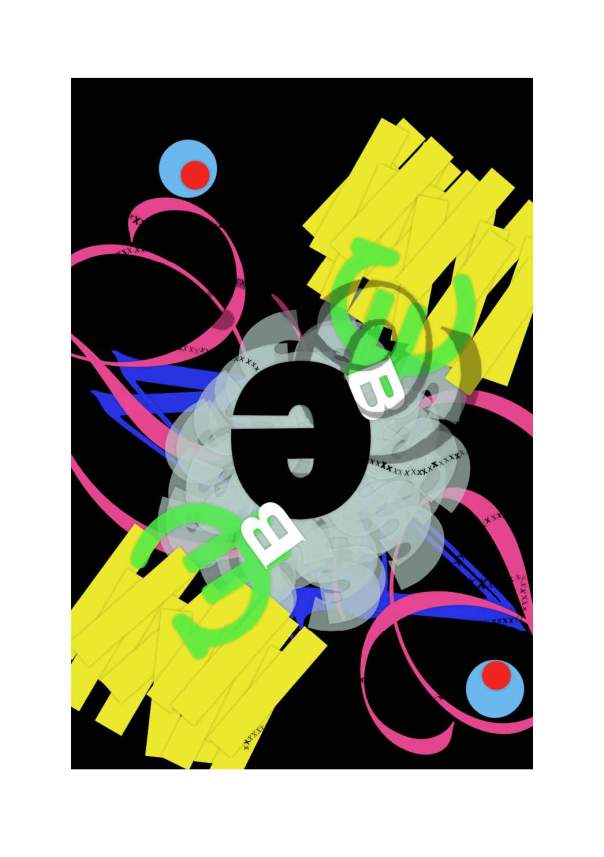VerySmallKitchen writes: This edition of the Demotic Archives focusses on the TROPISMS of Nathalie Sarraute, via (A) a foreword to a joint English language edition of Tropisms (originally published in French 1939) and Sarraute’s essay collection The Age of Suspicion (1956).
Sarraute’s foreword outlines her understanding of the tropism as the “inner ‘movements’… which are hidden under the commonplace, harmless appearances of every instant of our lives”. It also serves to correct misunderstandings about the relation between these fiction writings (Sarraute’s first) and the theoretical ideas that unfolded from them and which were often considered in relation to the nouveau roman of the 1950s.
This foreword is supplemented here by: (B) two tropisms from her original collection, selected partly for their engagement with relations of culture and sociality and (C) an extract from Age of Suspicion that discusses tropisms through the figure of the Partner. (D) provides an example of how Sarraute’s ideas became part of the fiction and criticism of Christine Brook-Rose.
SOURCE TEXT: Nathalie Sarraute, TROPISMS and The AGE OF SUSPICION (London, John Calder, 1963. Translated by Maria Jolas).
A.FOREWORD
THE PUBLICATION in one volume of a work like Tropisms – which some considered to be a collection of prose poems – with what, quite obviously, is furthest removed from it: a series of essays on the novel, may cause legitimate surprise.
And yet this proximity is justifiable.
The great interest shown today in discussions of the novel, and especially in the theories advanced by the supporters of what, in France at present, is called ‘Nouveau Roman’, has led many to imagine that these theorising novelists are cool calculators who began by constructing their theories, which they then decided to put into practice in their books. This explains the fact that their novels have been referred to as ‘laboratory experiments.’
If this were the case, it might seem plausible that, one fine day, after having formulated certain opinions on the evolution, content and form of the present-day novel, I sat down at my table and undertook to apply them by writing Tropisms, and the books that followed.
Nothing could be more mistaken than this supposition. For no literary work can be a mere illustration of principles, however convincing. And, in fact, these articles, all of which were written in 1947, are far removed from the conception and composition of my first book.
I started to write in 1932, when I composed my first Tropism. At that time, I had no preconceived ideas on the subject of literature and this one, as were those that followed it, was written under the impact of an emotion, of a very vivid impression. What I tried to do was to show certain inner ‘movements’ by which I had long been attracted; in fact, I might even say that, ever since I was a child, these movements, which are hidden under the commonplace, harmless appearances of every instant of our lives, had struck and held my attention. In this domain, my first impressions go back very far.
These movements, of which we are hardly cognizant, slip through us on the frontiers of consciousness in the form of undefinable, extremely rapid sensations. They hide behind our gestures, beneath the words we speak and the feelings we manifest, all of which we are aware of experiencing, and are able to define. They seemed, and still seem to me to constitute the secret source of our existence, in what might be called its nascent state.
And since, while we are performing them, no words express them, not even those of the interior monologue – for they develop and pass through us very rapidly in the form of frequently very sharp, brief sensations, without our perceiving clearly what they are – it was not possible to communicate them to the reader otherwise than by means of equivalent images that would make him experience analogous sensations. It was also necessary to make them break up and spread out in the consciousness of the reader the way a slow-motion film does. Time was no longer the time of real life, but of a hugely amplified present.
These movements seemed to me to be veritable dramatic actions, hiding beneath the most commonplace conversations, the most everyday gestures, and constantly emerging up on the surface of the appearances that both conceal and reveal them.
The dramatic situations constituted by these invisible actions interested me as such. Nothing could distract my attention from them and nothing should distract that of the reader; neither the personality of the characters, nor the plot, by means of which, ordinarily, the characters evolve. The barely visible, anonymous character was to serve as mere prop for these movements, which are inherent in everybody and can take place in anybody, at any moment.
Thus my first book is made up of a series of moments, in which, like some precise dramatic action shown in slow motion, these movements, which I called Tropisms, come into play. I gave them this name because of their spontaneous, irresistible, instinctive nature, similar to that of the movements made by certain living organisms under the influence of outside stimuli, such as light.
This analogy, however, is limited to the instinctive, irresistible nature of the movements, which are produced in us by the presence of others, or by objects from the outside world. It obviously never occurred to me to compare human beings with insects or plants, as I have sometimes been reproached with doing.
The volume entitled Tropisms appeared in 1939, under the imprimatur of Denoël. The present edition, source of this translation, was published by the Editions de Minuit, in 1957. It is a corrected re-edition of the 1939 volume, to which have been added the six last texts, written between 1939 and 1941.
This first book contains in nuce all the raw material that I have continued to develop in my later works.
Tropisms are still the living substance of all my books, the only difference being that they now play a more important role, the time of the dramatic action they constitute is longer, and there is added complexity in the constant play that takes place between them and the appearances and commonplaces with which they emerge into the open: our conversations, the personality we seem to have, the person we seem to be in one another’s eyes, the stereotyped things we believe we feel, as also those we discover in others, and the superficial dramatic action constituted by plot, which is nothing but a conventional code that we apply to life.
My first books: Tropismes, which appeared in 1939, and Portrait d-un inconnu in 1948, passed practically unnoticed in the post-war literary atmosphere, which was dominated by the Behaviourist tendency and by a metaphysics of the ‘absurd.’
As a result, if for no other reason than to seek justification, reassurance or encouragement for myself, I began to reflect upon the motives that impelled me to reject certain things, to adopt certain techniques, to examine certain works of both past and present, and to anticipate those of the future, in an effort to discover an irreversible direction in literature that would permit me to see if my own quest was in line with this direction.
Thus it was that, in 1947, I was prompted to study the works of Dostoievski and Kafka from a particular angle. In the article entitled L’Ere du soupçon, which appeared in 1950, I tried to show the results of the transformations of characters in fiction since Balzac’s time,as exemplified in the contemporary novel. And in Conversation et sous-conversation, published in 1955, I called attention to the out-moded nature of dialogue as practised in the traditional novel.
In connection with the latter article, I should like to stress the fact that when I spoke of the old-fashioned nature of the works of Joyce and Proust, or the naïveté of Virginia Woolf’s ideas on the subject of the novel, it was quite obviously to poke fun at those who had expressed themselves in this manner about these writers. Taken as a whole, it seems to me that this article is perfectly clear; I insist on this point, however, because it has been a source of occasional misunderstanding.
Lastly, in the article entitled Ce que voient les oiseaux, which appeared in 1956, I tried to show, among other things, the academic, formalist features of a certain type of ‘realism’.
Some of the ideas expressed in these articles have contributed to the essential bases for what, today, us called the ‘Nouveau Roman.’
And so, it seems to me that the present volume, to which two such dissimilar works as Tropisms and The Age of Suspicion may give an appearance of incongruity, by virtue of this very juxtaposition, gives a fair account of my endeavours, as they progressed from my first Tropisms to the theoretical viewpoints that derived from them.
Paris, 1962. (7-11)
B. TROPISMS
XI
She had understood the secret. She had scented the hiding-place of what should be the real treasure for everybody. She knew the ‘scale of values.’
No conversations about the shape of hats and Rémond fabrics for her. She had profound contempt for square-toed shoes.
Like a wood-louse she had crawled insidiously towards them and maliciously found out about ‘the real thing’, like a cat that licks its chops and closes its eyes before a jug of cream it has discovered.
Now she knew it. She was going to stay there. They would never dislodge her from there again. She listened, she absorbed, greedy, voluptuous, rapacious. Nothing of what belonged to them was going to escape her: picture galleries, all the new books… She knew all that. She had begun with ‘Les Annales’, now she was veering towards Gide, soon she would be going to take notes, an eager, avid gleam in her eye, at meetings of the ‘Union for Truth’.
She ranged over all that, sniffed everywhere, picked up everything with her square-nailed fingers; as soon as anyone spoke vaguely of that anywhere, her eyes lighted up, she stretched out her neck, agog.
For them this was unutterably repellent. Hide it from her – quick – before she scents it, carries it away, preserve it from her degrading contact… But she foiled them, because she knew everything. The Chartres Cathedral could not be hidden from her. She knew all about it. She had read what Péguy had thought of it.
In the most secret recesses, among the treasures that were the best hidden, she rummaged about with her avid fingers. Everything ‘intellectual’. She had to have it. For her. For her, because she knew now the real value of things. She had to have what was intellectual.
There were a great many like her, hungry, pitiless parasites, leeches, firmly settled on the articles that appeared, slugs stuck everywhere, spreading their mucus on corners of Rimbaud, sucking on Mallarmé, lending one another Ulysses or the Notebook of Malte Laurids Brigge, which they slimed with their low understanding.
‘It’s so beautiful,’ she said, opening her eyes in which, with a pure, inspired expression, she kindled a ‘divine spark’. (34-5)
XII
During his very well-attended lectures at the Collège de France, he amused himself with all that.
He enjoyed prying, with the dignity of professional gestures, with relentless, expert hands, into the secret places of Proust or Rimbaud, then, exposing their so-called miracles, their mysteries, to the gaze of his very attentive audience, he would explain their ‘case’.
With his sharp, mischevous little eyes, his ready-tied cravate and his square-trimmed beard, he looked enormously like the gentleman in the advertisements who, with one finger in the air, smiling recommends Saponite, the best of soap-powders, or the model Salamander: economy, security, comfort.
‘There is nothing,’ he said, ‘you see I went to look for myself, because I won’t be bluffed; nothing that I myself have not already studied clinically countless times, that I have not catalogued and explained.
‘They should not upset you. Look, in my hands they are like trembling, nude little children, and I am holding them up to you in the hollow of my hand, as though I were their creator, their father, I have emptied them for you of their power and their mystery. I have tracked down, harried what was miraculous about them.
‘Now they hardly differ from the intelligent, curious and amusing eccentrics who come and tell me their interminable stories, to get me to help them, appreciate them, and reassure them.
‘You can no more be affected than my daughters are when they entertain their girl friends in their mother’s parlour, and chatter and laugh gaily without being concerned with what I am saying to my patients in the next room.’
This was what he taught at the Collège de France. And in the entire neighbourhood, in all the nearby Faculties, in the literature, law, history and philosophy courses, at the Institute and at the Palais de Justice, in the buses, in the métros, in all the government offices, sensible men, normal men, active men, worthy, wholesome, strong men, triumphed.
Avoiding the shops filled with pretty things, the women trotting briskly along, the café waiters, the medical students, the traffic policemen, the clerks from notary offices, Rimbaud or Proust, having been torn from life, cast out from life and deprived of support, were probably wandering aimlessly through the streets, or dozing away, their heads resting on their chests, in some dusty public square. (36-7)
C.PARTNER
Those who have followed him [Gide] and have wanted to try and make these subterranean actions re-live for the reader as they unfold, have met with certain difficulties. Because these inner dramas composed of attacks, triumphs, recoils, defeats, caresses, bites, rapes, murders, generous abandons or humble submissions, all have one thing in common: they cannot do without a partner.
Often it is an imaginary partner who emerges from our past experiences or from our day-dreams, and the scenes of love or combat between us, by virtue of their wealth of adventure, the freedom with which they unfold and what they reveal concerning our least apparent inner structure, can constitute very valuable fictional material.
It remains nonetheless true that the essential feature of these dramas is constituted by an actual partner.
For this fresh and blood partner is constantly nurturing and renewing our stock of experiences. He is pre-emionently the catalyser, the stimulant, thanks to whom these movements are set in motion, the obstacle that gives them cohesion, that keeps them from growing soft from ease and gratuitousness, or from going round and round in circles in the monotonous indigence of ruminating on one thing. He is the threat, the real danger as well as the prey that brings out their alertness and their suppleness; the mysterious element whose unforeseeable reactions, by making them continually start up again and evolve towards an unknown goal, accentuate their dramatic nature.
But at the same time that, in order to attain to this partner, they rise up from our darkest recesses towards the light of day, a certain fear forces them back towards the shadow. They make us think of the little grey roaches that hide in moist holes. They are ashamed and prudent. The slightest look makes them flee. To blossom out they must have anonymity and impunity.
They consequently hardly show themselves in the form of actions. For actions do indeed develop in the open, in the garish light of day, and the tiniest of them, compared with these delicate, minute inner movements, appear to be gross and violent: they immediately attract attention. All their forms have long since been examined and classified; they are subject to strict rules, to very frequent inspection. Finally, very obvious, well-known, frank motives, thick, perfectly visible wires make all this enormous, heavy machinery work.
But lacking actions, we can use words. And words possess the qualities needed to seize upon, protect and bring out into the open these subterranean movements that are at once impatient and afraid. (106-108)
D. COMMENTARY
Interviewed by Lorna Sage, Christine Brooke-Rose notes “I was influenced by her [Sarraute’s] critical ideas in L’Ère du soupçon, which attacked certain realist conventions, but not by her novels, though I admire them.” (172) Elsewhere she writes specifically of the infliuence of Sarraute’s “the age of suspicion” essay and Sarraute’s emphasis on “suspicion of fiction and the demand for “le petiti fait vrai”” (13)
Brooke-Rose discusses Sarraute as part of her own interest in the precise nature of speech and authorial voice in the novel. Of “tropisms” and “sub-conversation” Brooke-Rose writes: “Clearly these are not dialogue, yet they are in speech form; as conversation, however “sub,” they do seem to be “inner speech,” and they did lead Sarraute to the theater, and not necessarily inner theater.” (149) Brooke-Rose tells Sage:
She explores what she calls sous-conversations, which grow and shrink like tropisms in biology. So we’re closes to interior monologue, though she would have hated to hear that, and it’s much more finely modulated. (172)
In discussing the essays of L’Ère du soupçon (1956) Brooke-Rose expresses a frustration that Sarraute’s discussions never focus on the “how” but remain wedded to the same content summary to be found in traditional criticism of the novel:
In practice, despite Sarraute’s claimed interest in technique, which she prefers to call method, and her superb reversal of the Formalist/ Realist opposition, [1] she discusses every problem she mentions, and every author, purely in terms of content. That may result from her curious way of exposing the problems as summary of critical thought, as if she were inside another, more traditional critic’s mind… (11)
But even when this kind of critical summary is disentangled from her own more direct views in the critical present tense Sarraute never seems to pass from abstract feelings to what I call the how… In a later chapter on conversation and subconversation (the technique she made so very much her own), Sarraute can only talk of “subtle, barely perceptible, fleeting, contradictory, evanescent movements… timid appeals,” and so on, without once analyzing how in fact she creates, or as she would prefer to say, captures these. That was “not done.” (12)
Brook-Rose focusses on the how of Sarraute by considering usage of the present tense in Le Planétarium (1959) alongside examples by Beckett, Duras and Robbe-Grillet that all contribute to ridding the novel of the dominant past tense “which has always been used as a reassuring guarantor of real events.” (132). Analysing the opening of Le Planétarium Brooke-Rose observes:
With Sarraute, we are plunged into speech forms (various tenses), but inside the consciousness of someone… As in Robbe-Grillet we do not know whose mind we’re in, there is no “je” (in the opening), but (as in James or Woolf) that mind is represented by the third person… getting more and more excited, gushing internally, but not narrating. (137)
SOURCE TEXT: Christine Brooke-Rose, Invisible Author: Last Essays (Columbus, The Ohio State University Press, 2002).
NOTES
[1] Brooke-Rose writes: “Sarraute in a way goes back to Hegel, though without the decorative implication, by brilliantly reversing his opposition, insisting that the true realists are those who look so hard at a changing reality that they have to invent new forms to capture it, whereas the formalists are the epigones who come afterwards, taking over these once unfamiliar but now ready-made forms and pouring them into a perfectly familiar reality anyone can see… When Sarraute said this, she was in a sense still part of an old dispensation that regarded reality as pre-existent and merely to be “captured” by art rather than as a new reality created by the artist (or anyone) through language. (40-41).
FURTHER READING
An essay on Sarraute’s The Age of Suspicion – that also highlights a disjunction of theory and practice – is Susan Sontag’s “Nathalie Sarraute and the Novel” included in Against Interpretation (1966). See also an interview in The Paris Review here.
Some aspects and locations of Sarraute’s contemporary influence is suggested by a 2010 reprint of her The Use of Speech by Counterpath Press.









